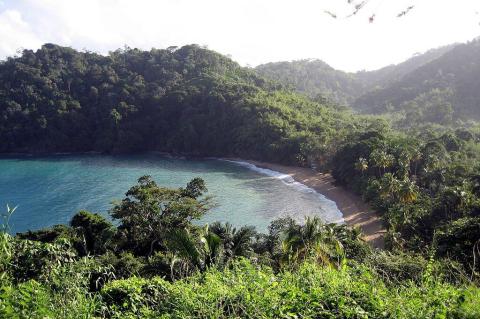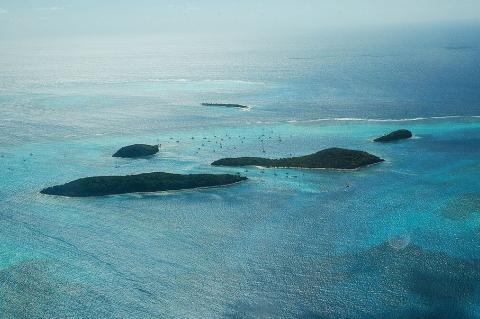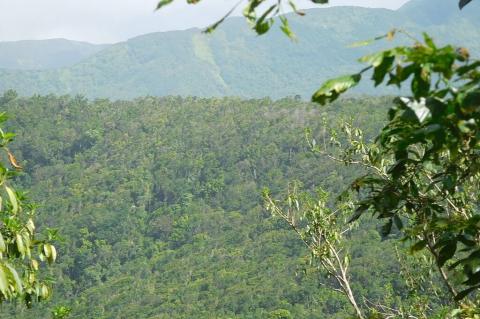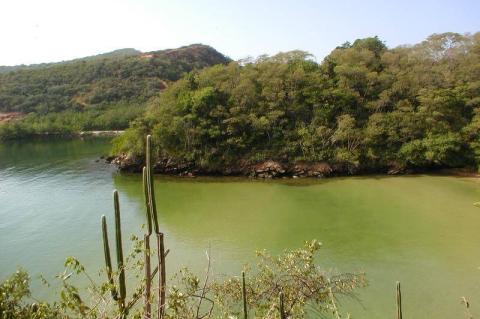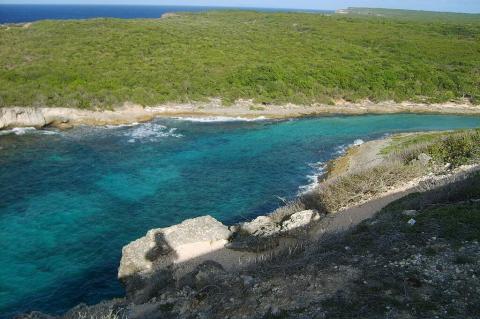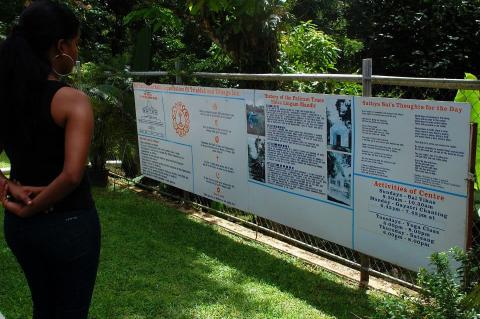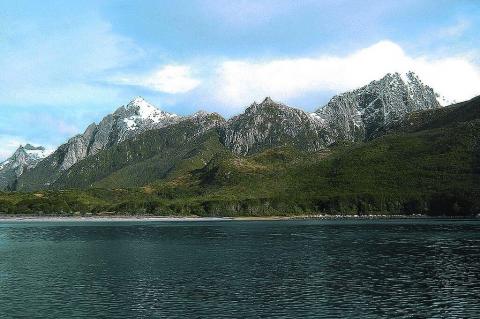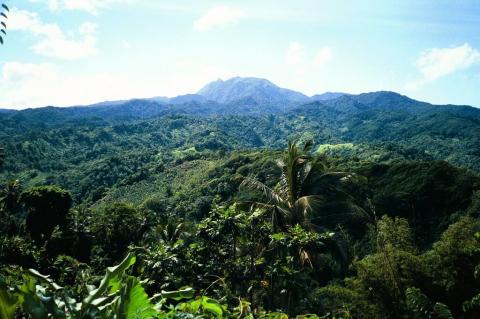The Diverse and Captivating Trinidad and Tobago Moist Forests
The Trinidad and Tobago moist forests ecoregion covers most of the two-island nation located off the northeastern coast of South America. While small portions of the islands are home to other habitat types, such as mangroves and dry forests, the moist forests dominate the landscape and support an exceptionally diverse flora and fauna.
